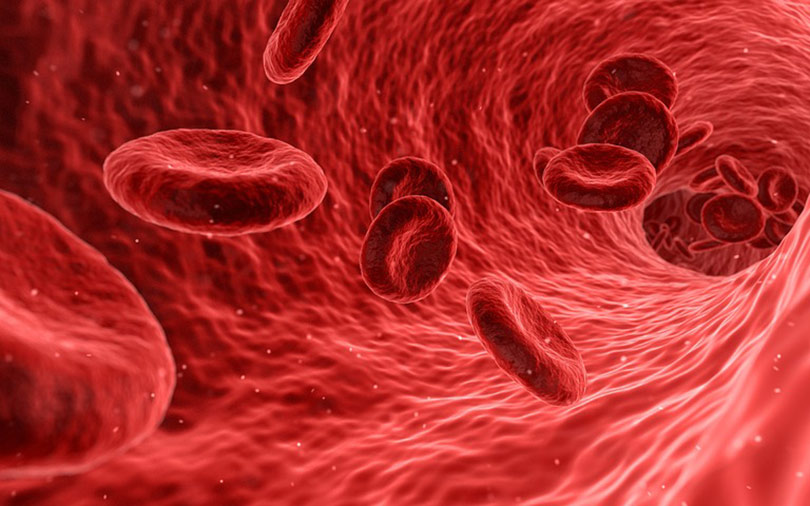
Machine learning can now track how cancer cells develop


Researchers at the Allen Institute, Washington have trained computers in machine learning in order to identify parts of a living human cell that the eye cannot detect. The study has applications in cancer biology and regenerative medicine, a statement by the university said.
The researchers used 3-dimensional images of fluorescently labelled cells and taught computers to find structures inside living cells without fluorescent labels, using only black and white images generated by a technique called brightfield microscopy, the statement said.
In fluorescence microscopy, specific parts of cells are highlighted by brightly coloured molecular labels. The technique allows researchers to detect only a few structures in the cell at a time.

The method provides researchers with details about healthy and diseased cells.
The team used a machine learning method called convolutional neural network to train computers to look inside the cells. The study used the prediction tool on 12 different cellular structures.
“This technology lets us view a larger set of structures that wasn’t possible before. This means that we can explore the organisation of the cell in ways that nobody has been able to do, especially in live cells," said Greg Johnson, Scientist at the Allen Institute for Cell Science.

According to Rick Horwitz, executive director of the Allen Institute for Cell Science, the study could help scientists understand what happens in a cell when it is diseased.
The tool can be used to understand how cancer cells develop and progress and what treatment can be implemented. For regenerative medicine, the research can help identify how cells change when new organs are created in the lab.
The prediction tool and brightfield microscopy are also cheaper substitutes for the fluorescence microscopy method.

The study was published in the journal Nature Methods, the statement said.
